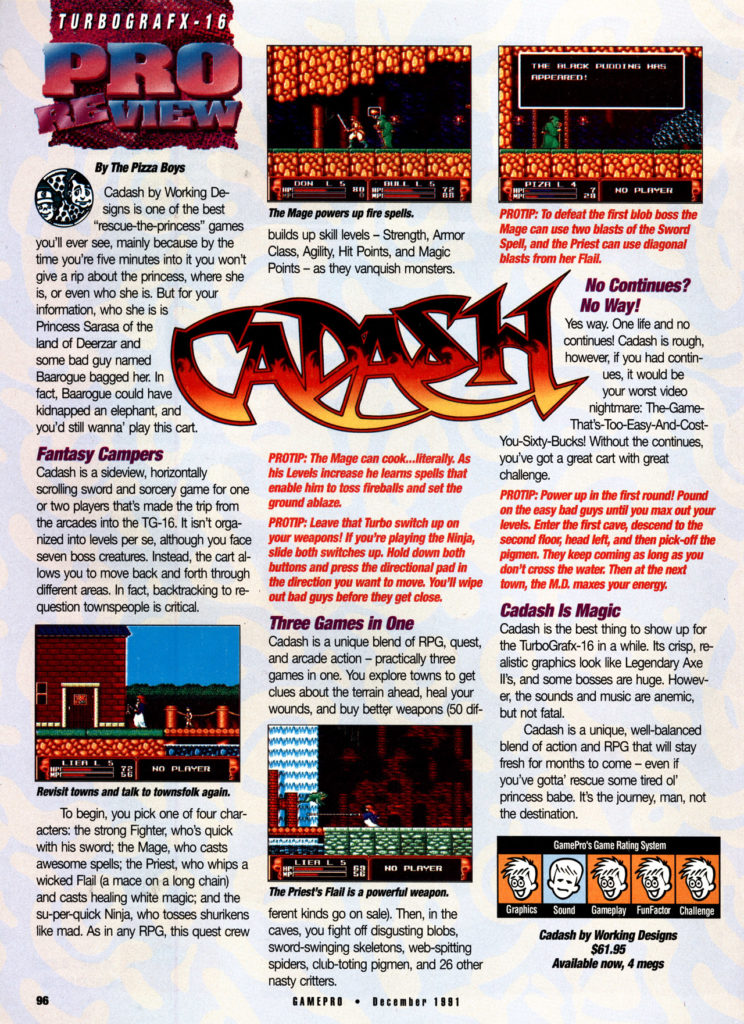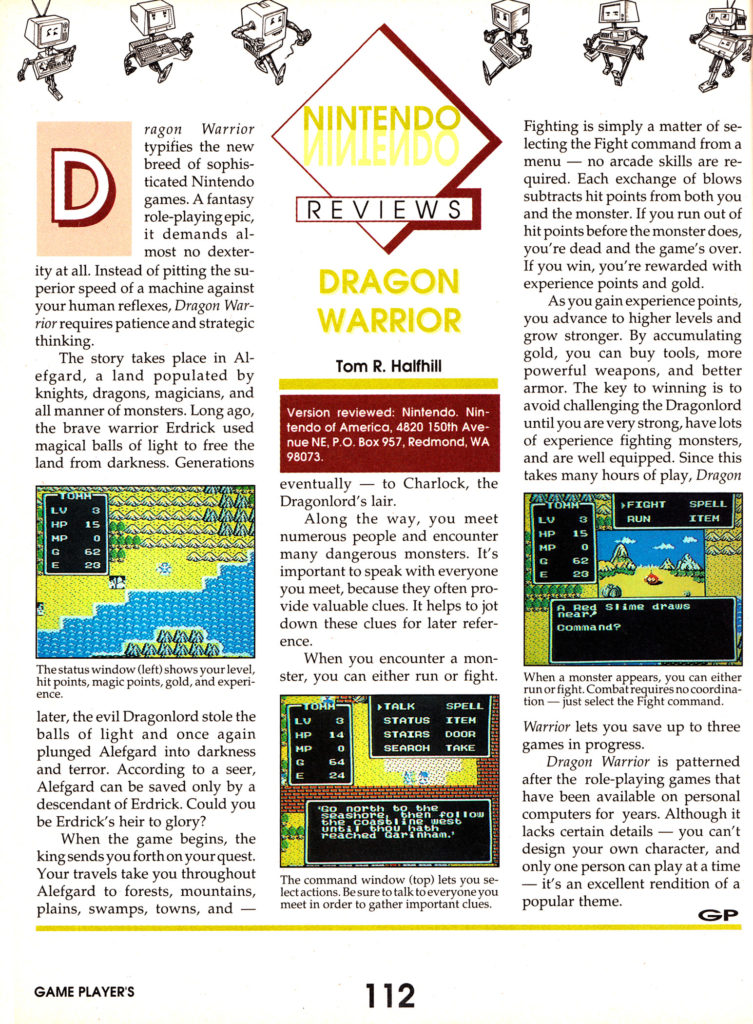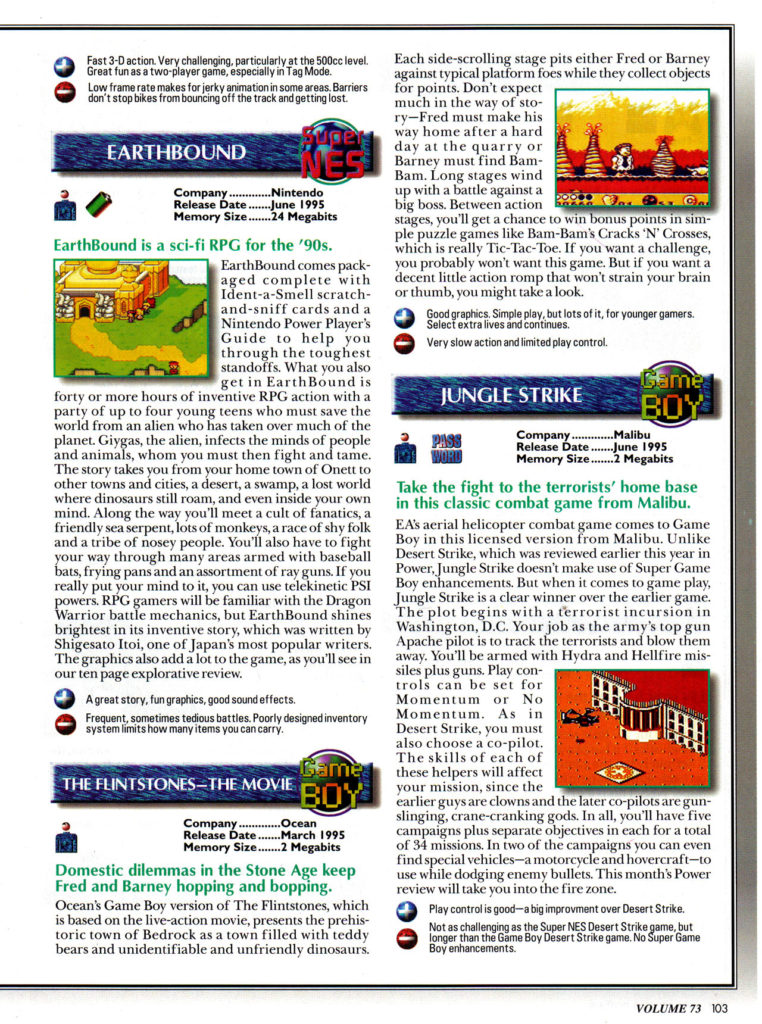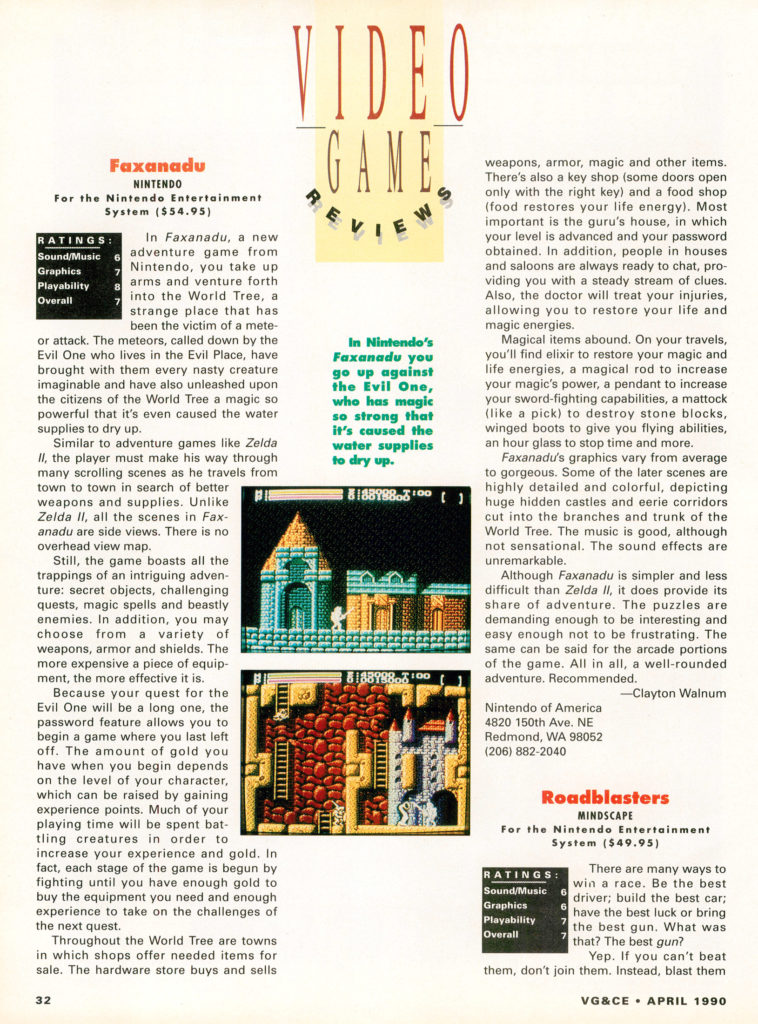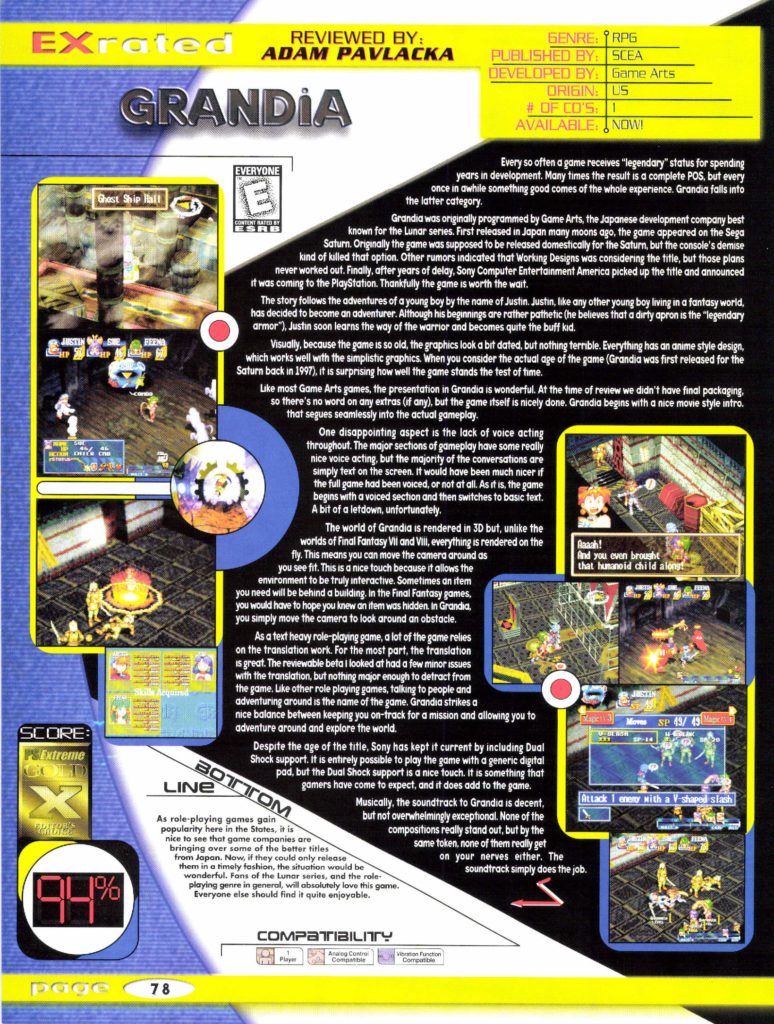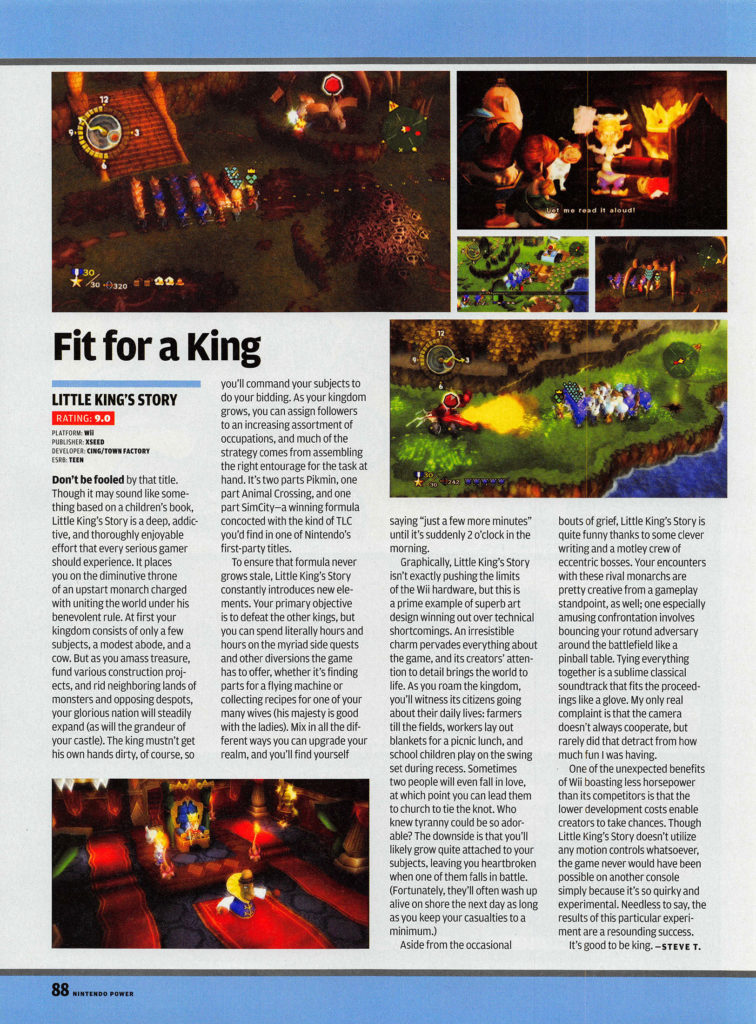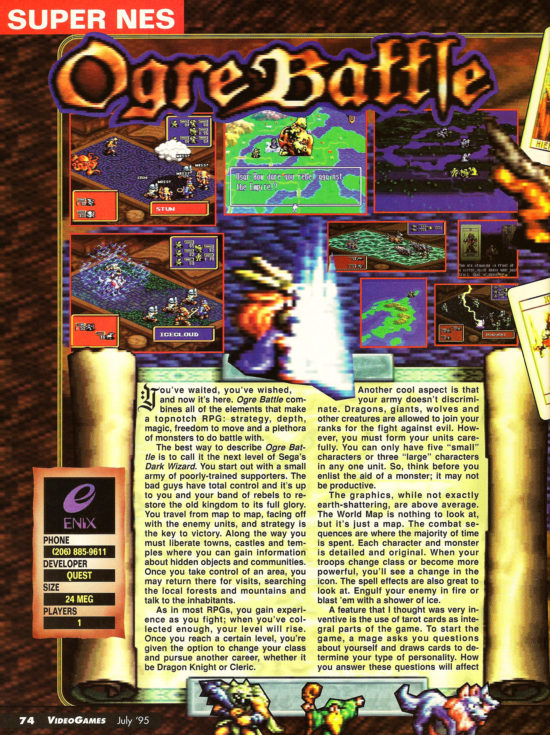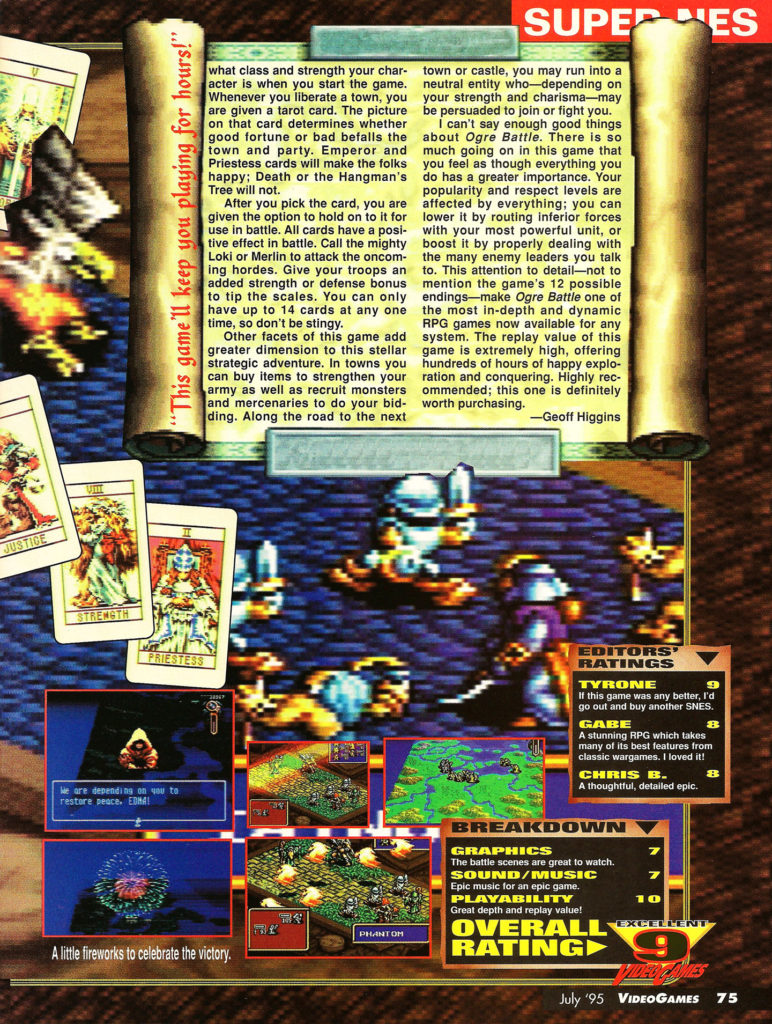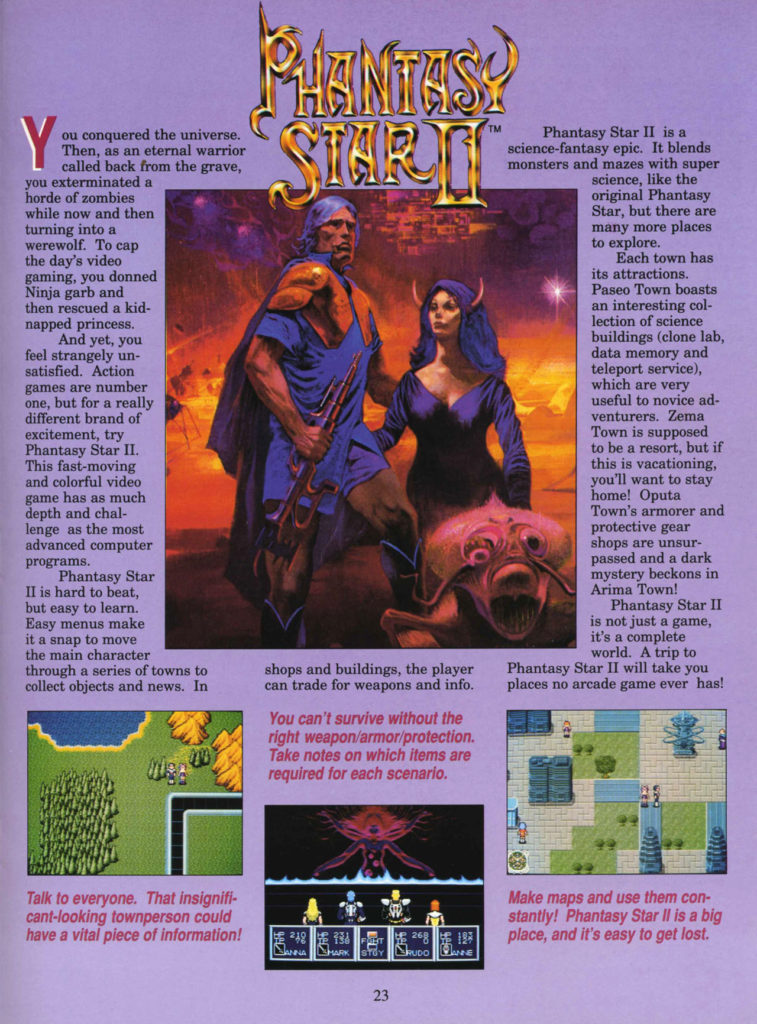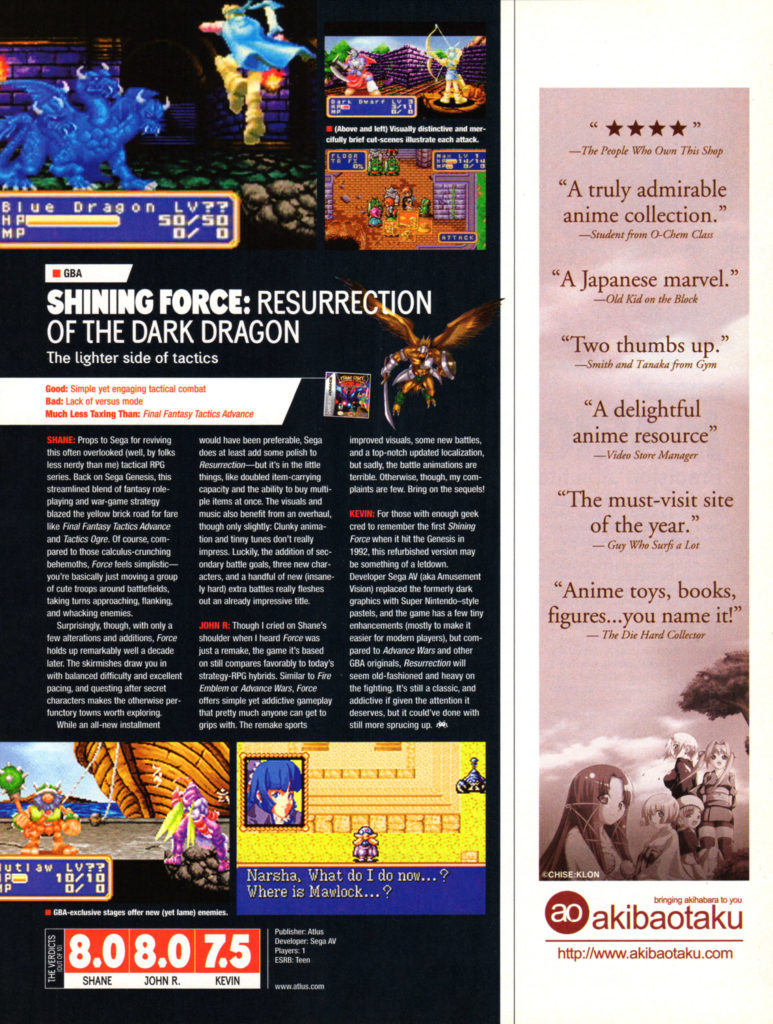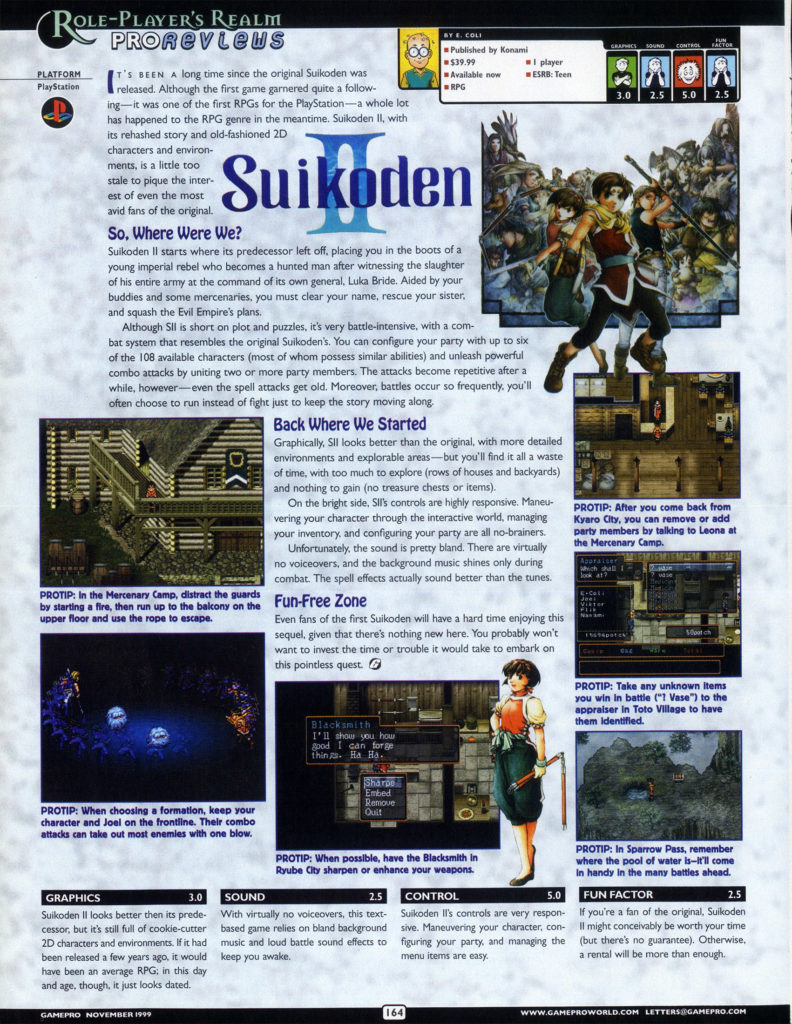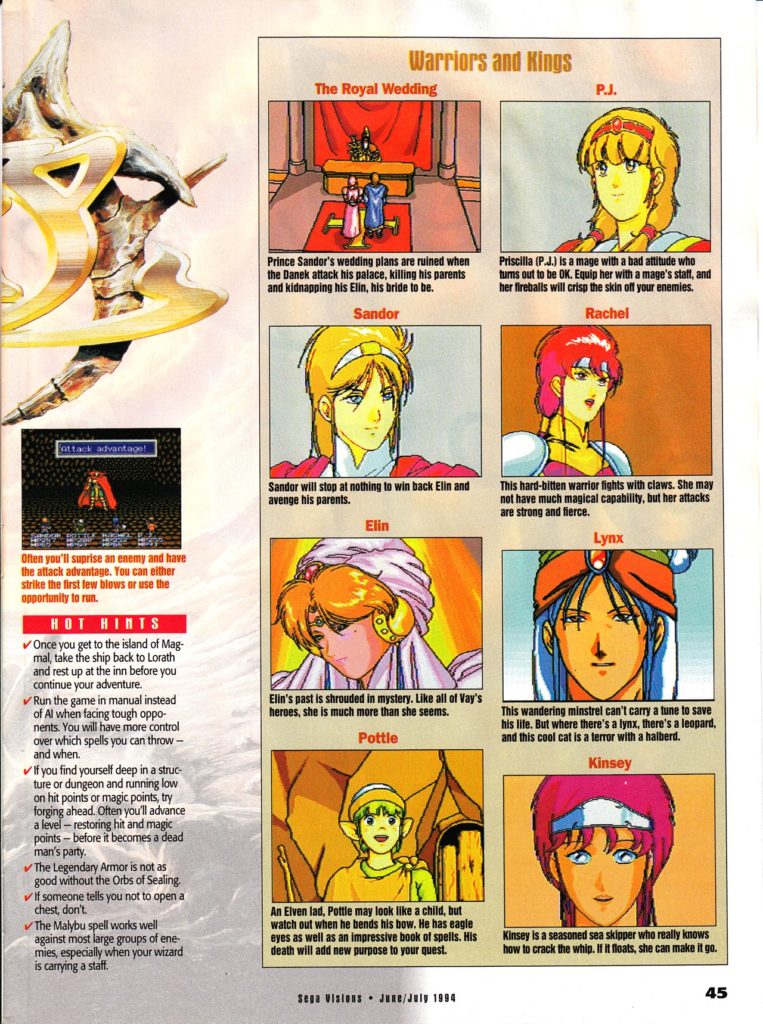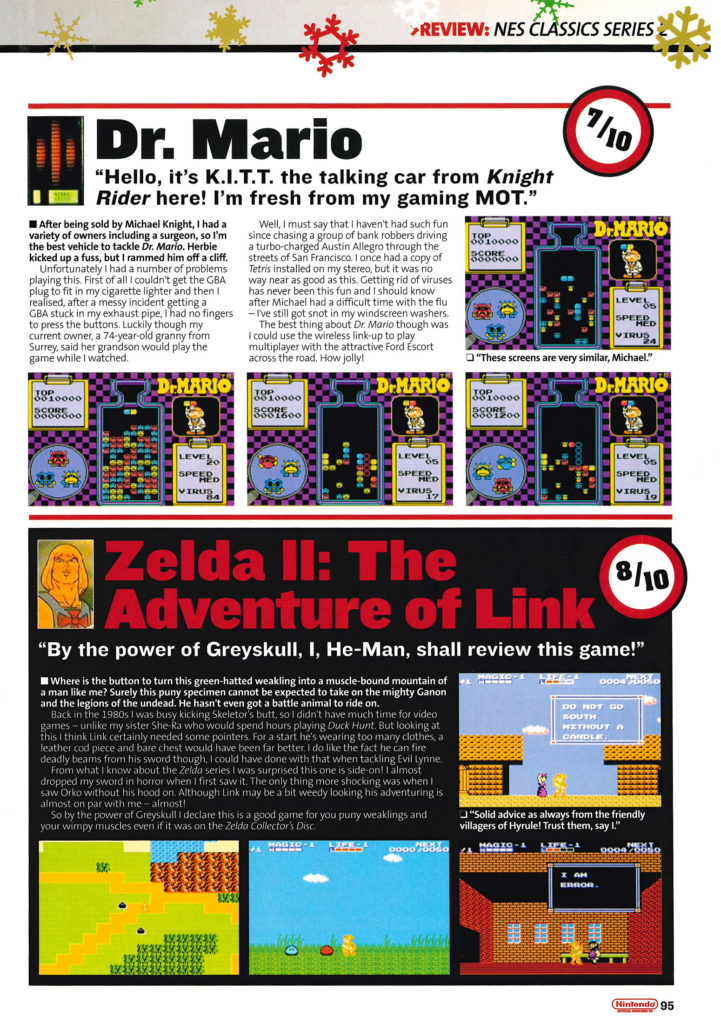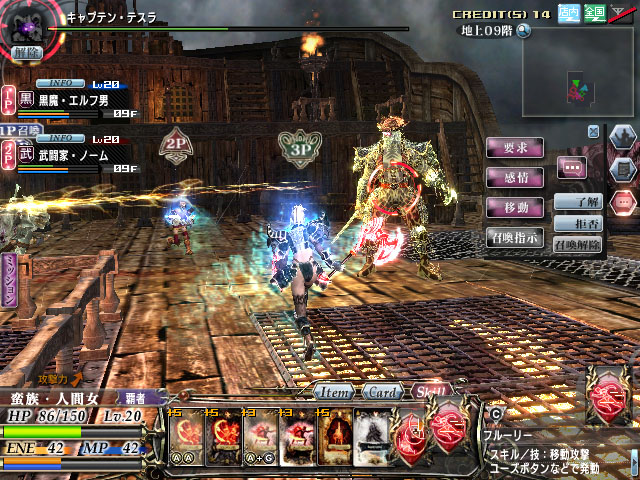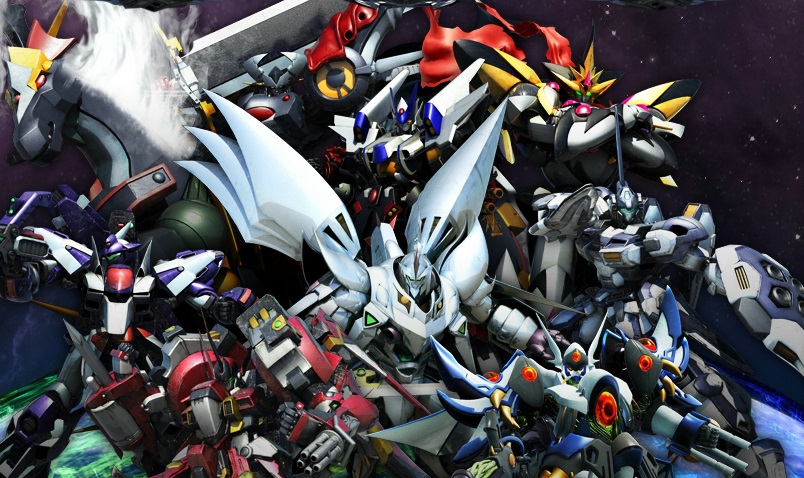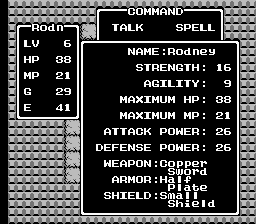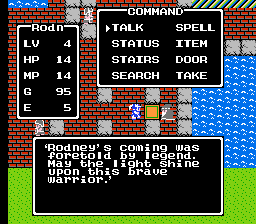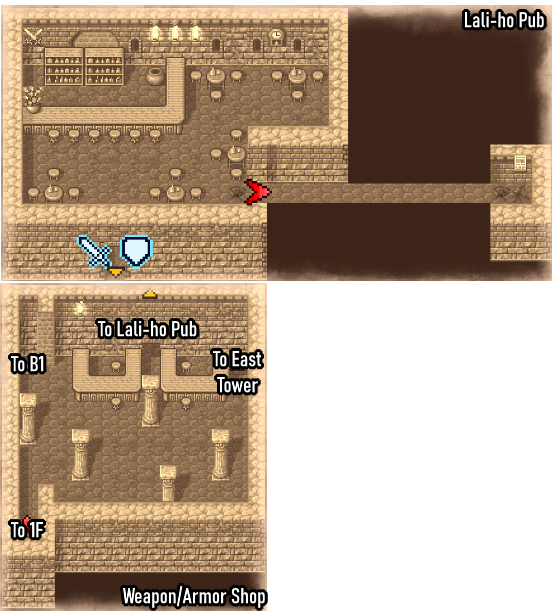I still have to figure out some consistent way to differentiate things we’re linking to, in titles, from our own content. It’s making me uncomfortable how things we link to on other sites are generally not distinguishable from things we make ourselves. The site: title construction is the best I’ve come up with for that, although I also use it for our own subseries, like Sundry Sunday. Please, except this rambly prologue as an introduction!
Kimimi the Game-Eating She Monster writes lots of interesting stuff, and we’ve linked to her several times before. In fact I have a whole Firefox window devoted to pieces she’s made. This one is about the Super Famicom (and others) game Brandish, one of Nihon Falcom’s many interesting RPG experiments.
Brandish is played in a dungeon where each level is a map, and monsters appear on it, and you attack them in real-time, without going to a separate screen. That is to say, combat isn’t “modal.” When switches change the state of the dungeon, you see their results happen immediately. Areas blocked to you are shown as just plain wall until you reveal them.
These things all make Brandish seem almost like (here’s that word again) a roguelike. But Brandish’s dungeon isn’t random, but set; the game isn’t a generalized system like roguelikes often are, but has set scenario. That makes it seem like a lot of other early RPGs. And one weird thing about it that’ll definitely require some adjustment is, Brandish is programmed so that your character always faces up; if you rotate to face a direction, the dungeon rotates around you. But the game doesn’t use the Super Nintendo’s “Mode 7” rotation feature: the dungeon turns immediately, which is disorientating until you get used to it, and even, it’s still a little disorientating. Brandish probably works that way because it was originally a Japanese PC game, and to implement Mode 7 rotation would mean having to rework some graphics to reflect the different perspectives.
Here’s a Youtube video of a playthrough. Skip past the intro, and what I’m talking about should become clear:
And now you’re ready for Kimimi’s own piece on Brandish. She likes it! And I agree, it’s a very interesting system. Brandish was popular enough to get multiple sequels. If you want to learn more about the series generally, Kurt Kalata’s Hardcore Gaming 101 has a good introduction to them.
Kimimi the Game-Eating She Monster Covers Brandish


